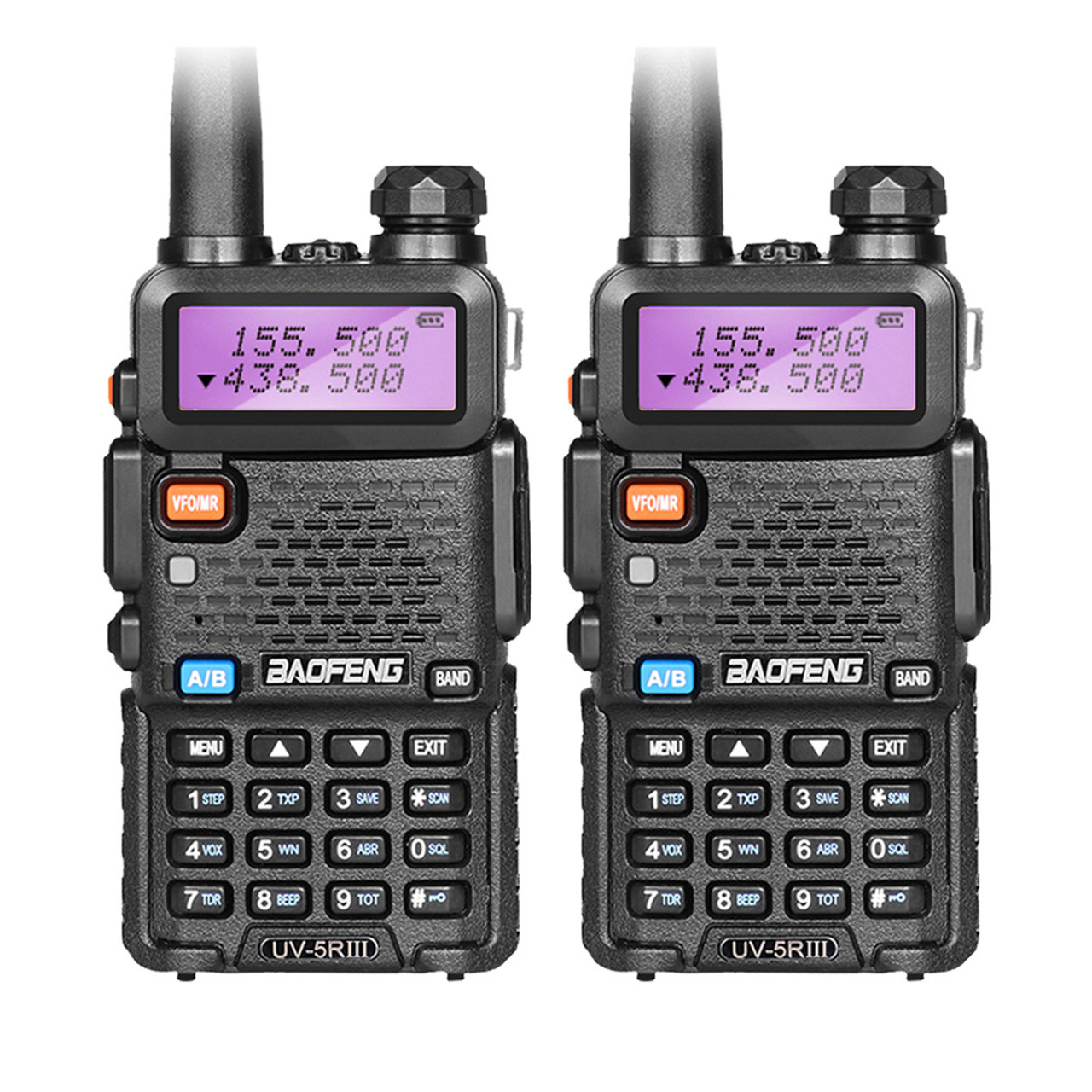When it comes to electronics assembly and repair, soldering is an essential skill that can make or break the integrity of a circuit. However, not all solders are created equal, and using the wrong type can lead to a host of problems, from poor electrical connections to component damage. In this article, we will delve into the types of solder that should be avoided in electronics, providing a comprehensive guide for hobbyists and professionals alike.
Understanding Solder Types
Before we explore the types of solder to avoid, it’s crucial to understand the primary categories of solder used in electronics:
- Lead-Based Solder: Traditionally, lead-based solder (such as 60/40 tin-lead solder) has been the go-to choice for many electronics applications due to its excellent wetting properties and low melting point. However, due to health and environmental concerns, its use has been heavily regulated in many regions.
- Lead-Free Solder: With the advent of regulations like the RoHS (Restriction of Hazardous Substances) directive, lead-free solder has gained popularity. Common compositions include tin-copper (SAC) and tin-silver-copper (SAC) alloys. While these solders are more environmentally friendly, they often require higher temperatures and can present their own challenges.
Types of Solder to Avoid
- Acid-Core Solder
Acid-core solder is primarily used for plumbing and metalwork, not electronics. The acid flux in this type of solder can corrode electronic components and circuit boards, leading to failure over time. The residues left behind can create shorts and degrade the performance of sensitive electronic devices. Always opt for rosin-core solder, which is specifically designed for electronics and provides a safer alternative.
- Low-Quality Lead-Free Solder
While lead-free solder is a necessity in many applications, not all lead-free solders are suitable for electronics. Low-quality lead-free solders can have inconsistent melting points and poor flow characteristics, leading to cold solder joints and unreliable connections. It’s essential to choose high-quality lead-free solder from reputable manufacturers to ensure reliability and performance.
- Solder with High Silver Content
While silver is often added to solder to improve conductivity and strength, using solder with excessively high silver content (over 4%) can be problematic. High silver content solders are typically more expensive and can lead to brittleness in joints, especially under thermal cycling conditions. For most electronics applications, a silver content of 2% or less is sufficient.
- Solder with High Melting Points
Certain solders, such as those used in high-temperature applications, may have melting points that exceed the tolerances of standard electronic components. Using such solders can risk damaging sensitive parts during the soldering process. Always check the specifications of both the solder and the components to ensure compatibility.
- Non-Rosin Flux Solder
Solder that does not use rosin-based flux can leave behind corrosive residues that can damage circuit boards and components over time. Non-rosin flux solders are often used in industrial applications but are not suitable for electronics. Always choose rosin-core solder to ensure that any flux residues can be safely cleaned and do not harm the electronic assembly.
Conclusion
Choosing the right solder is crucial for ensuring the longevity and reliability of electronic devices. By avoiding acid-core solder, low-quality lead-free options, high silver content solders, high melting point solders, and non-rosin flux solders, you can significantly reduce the risk of failure in your electronic projects. Always prioritize quality and compatibility when selecting solder, and consult manufacturer specifications to ensure that your choices align with best practices in electronics assembly.


